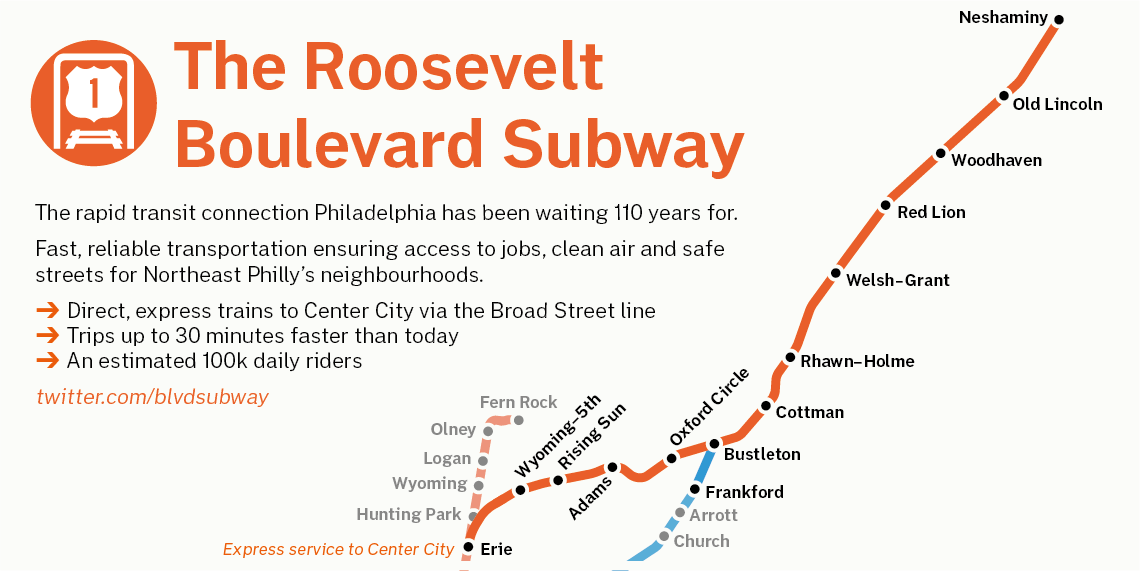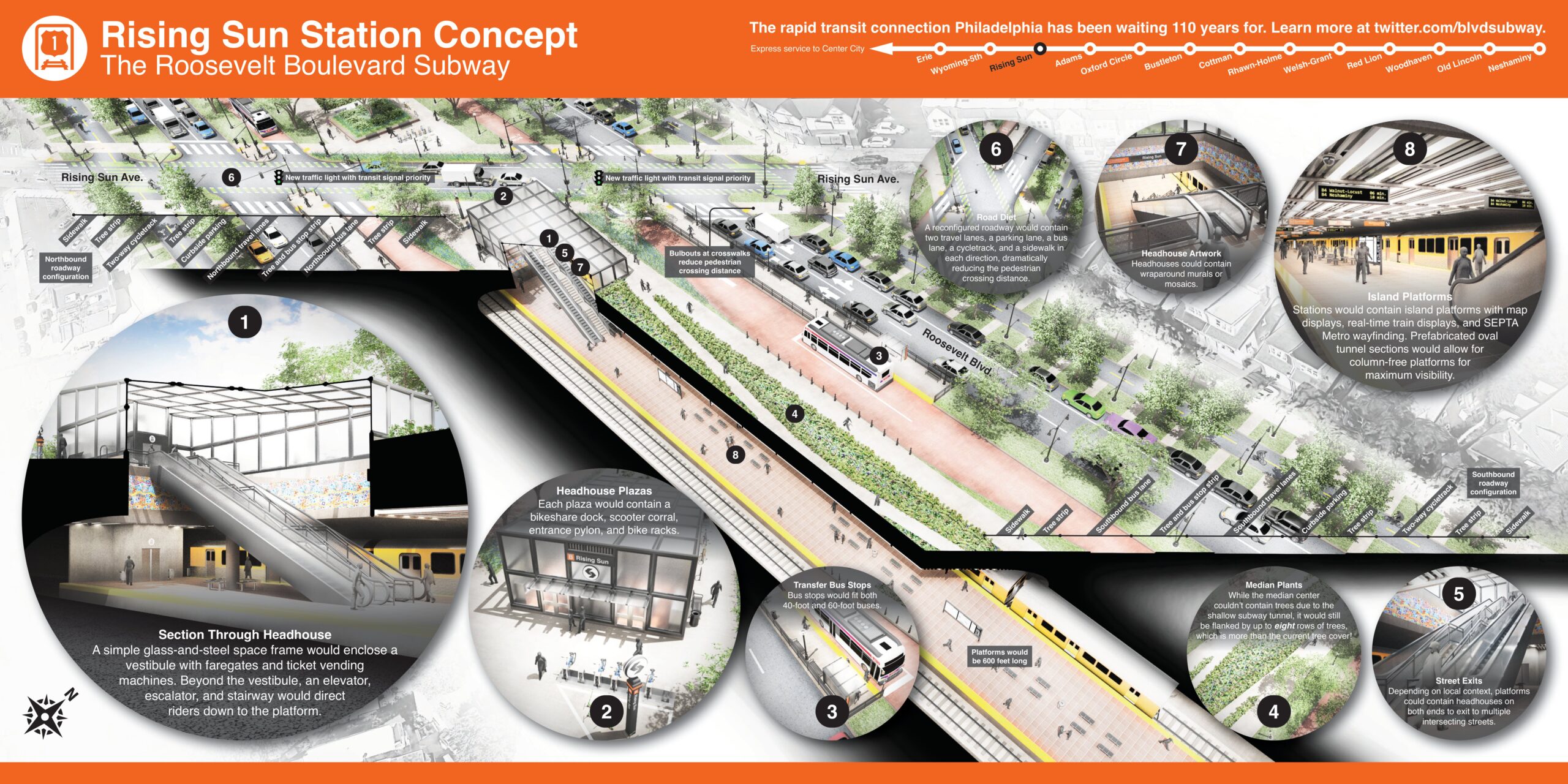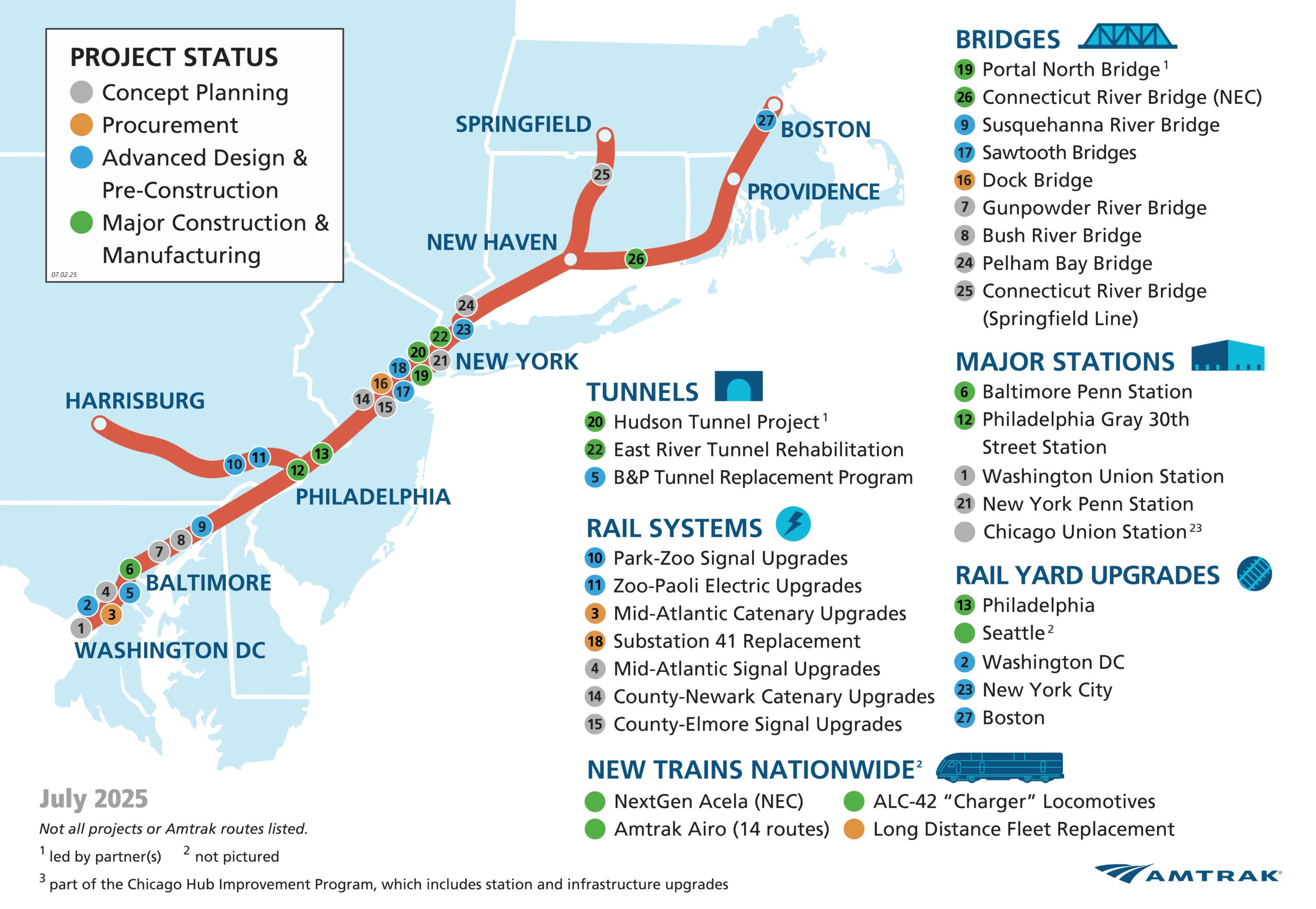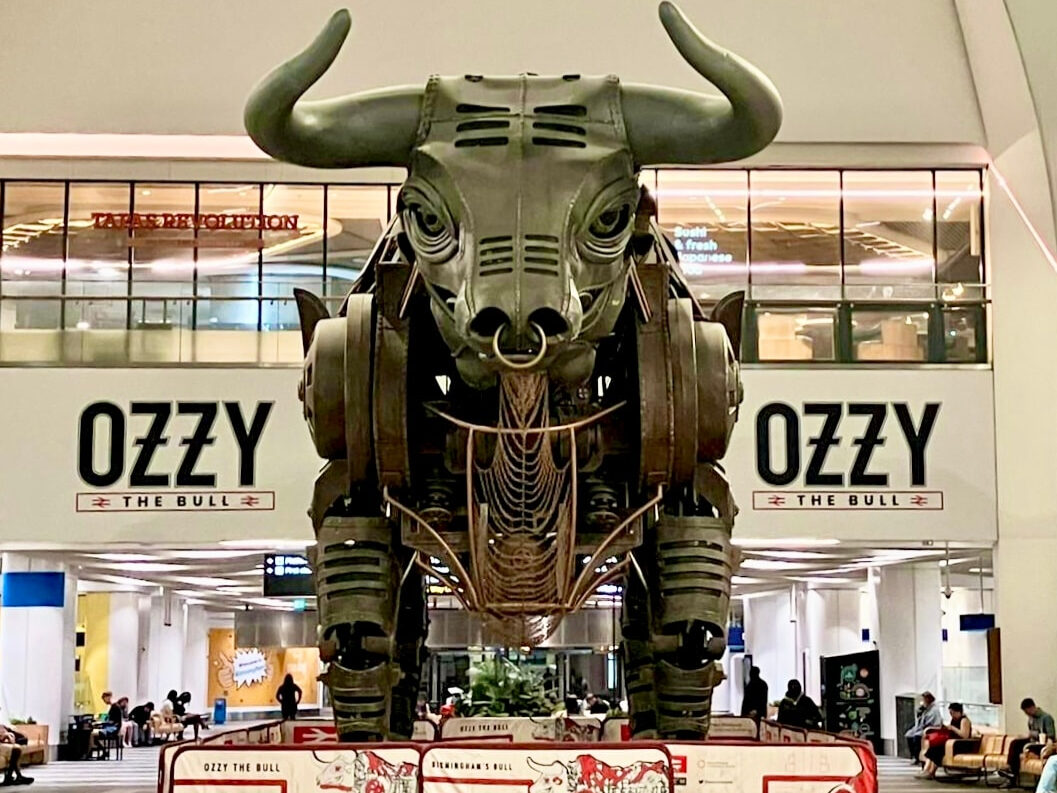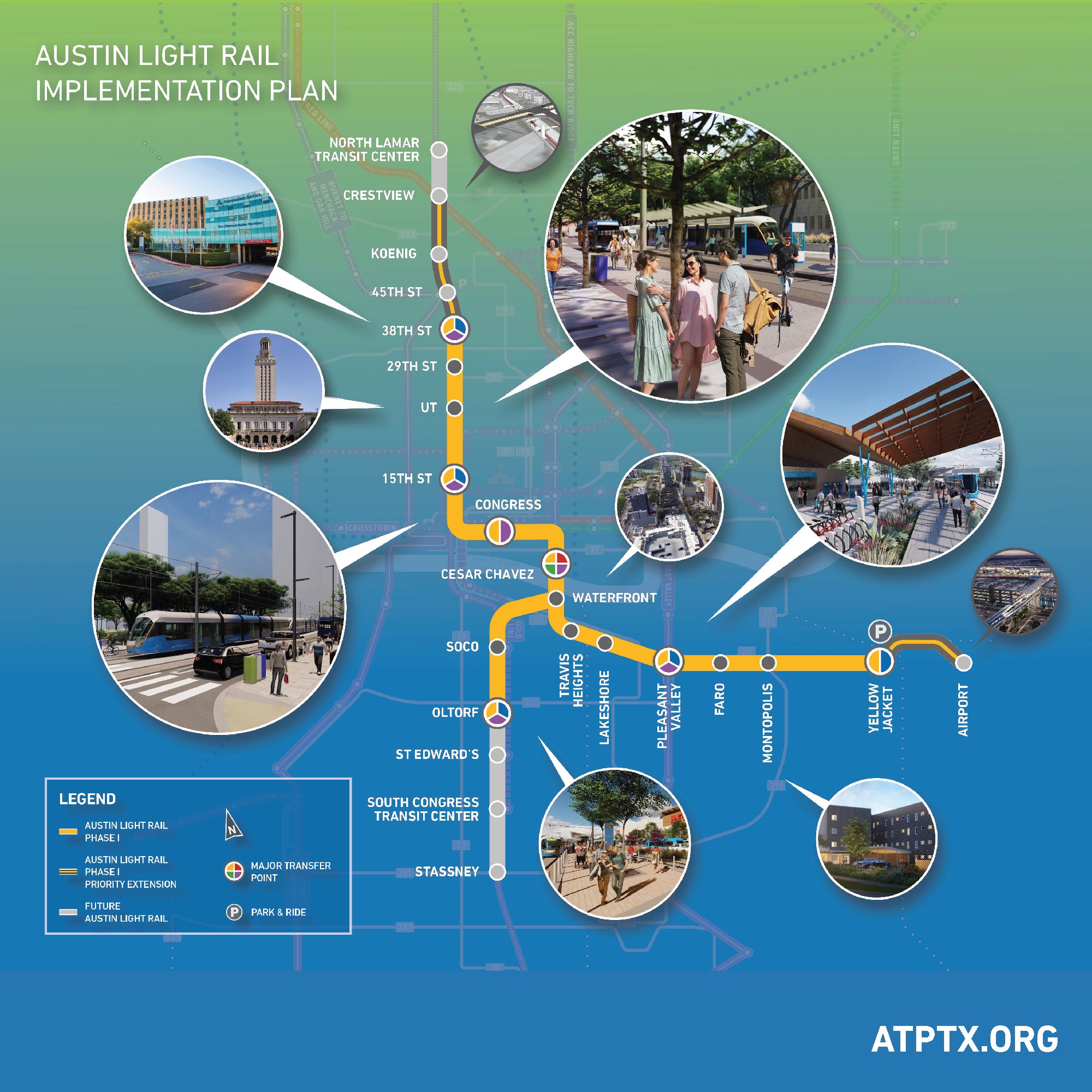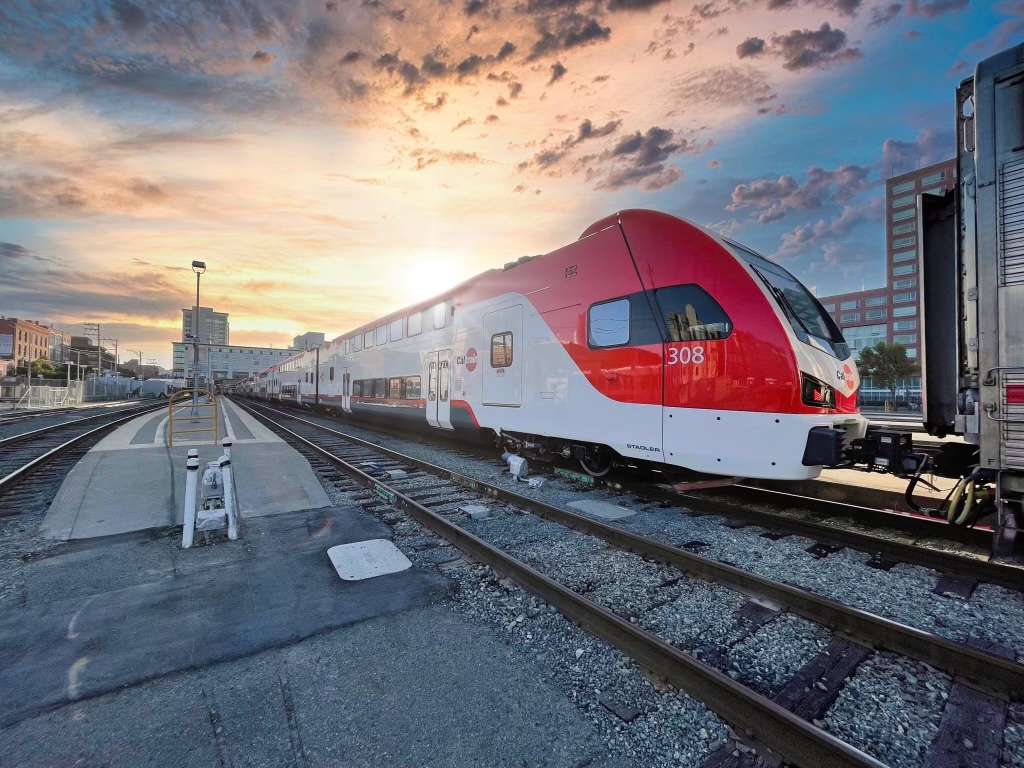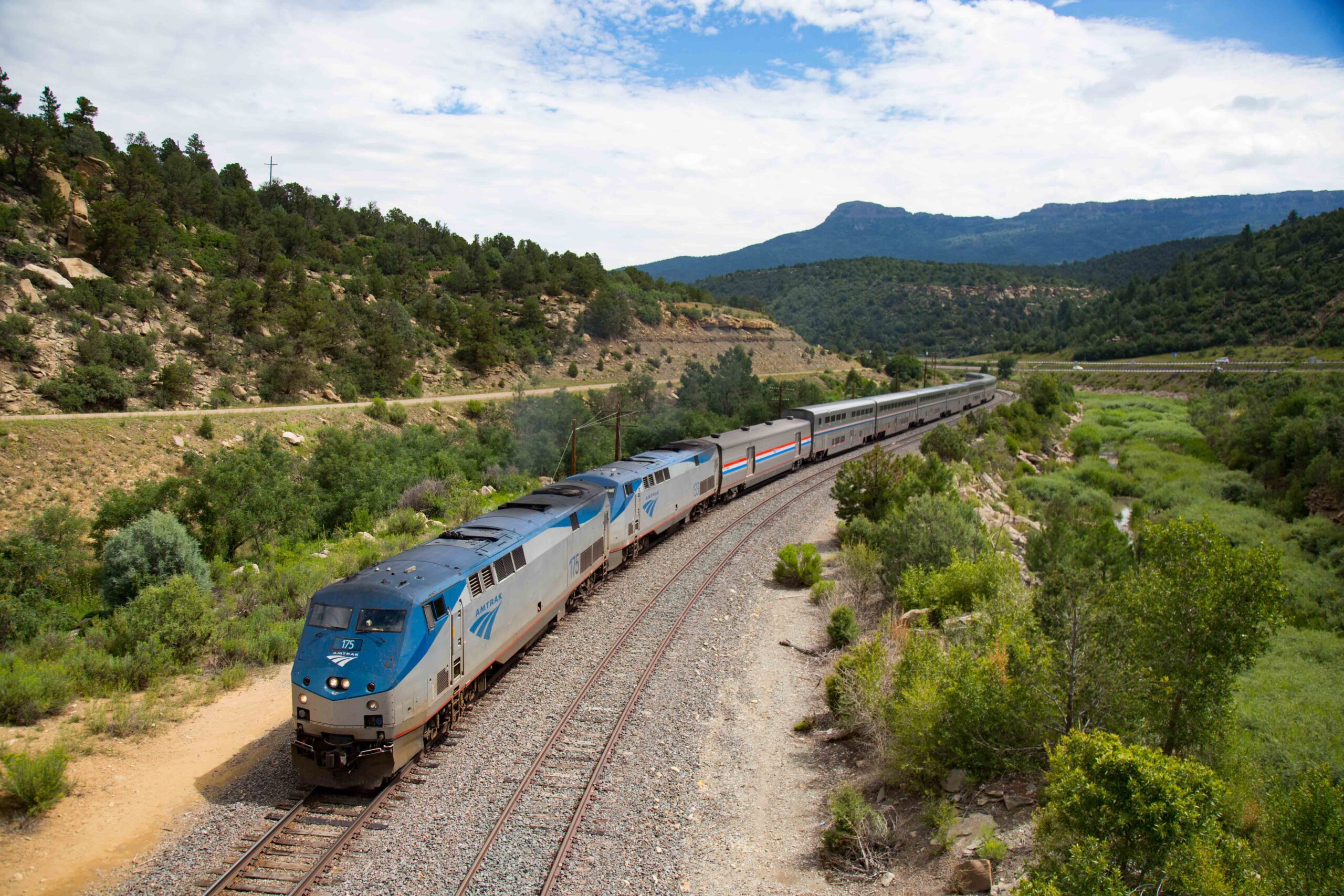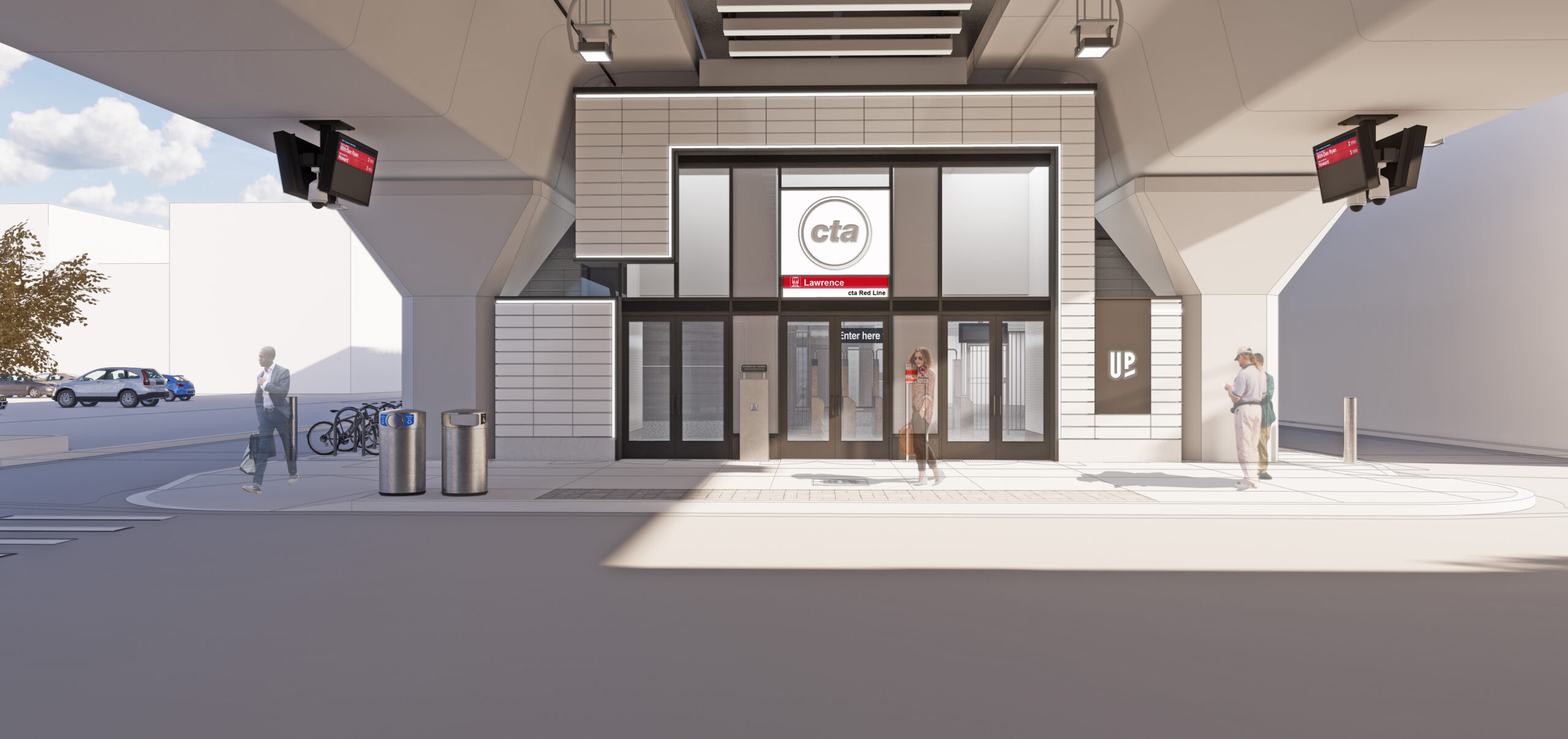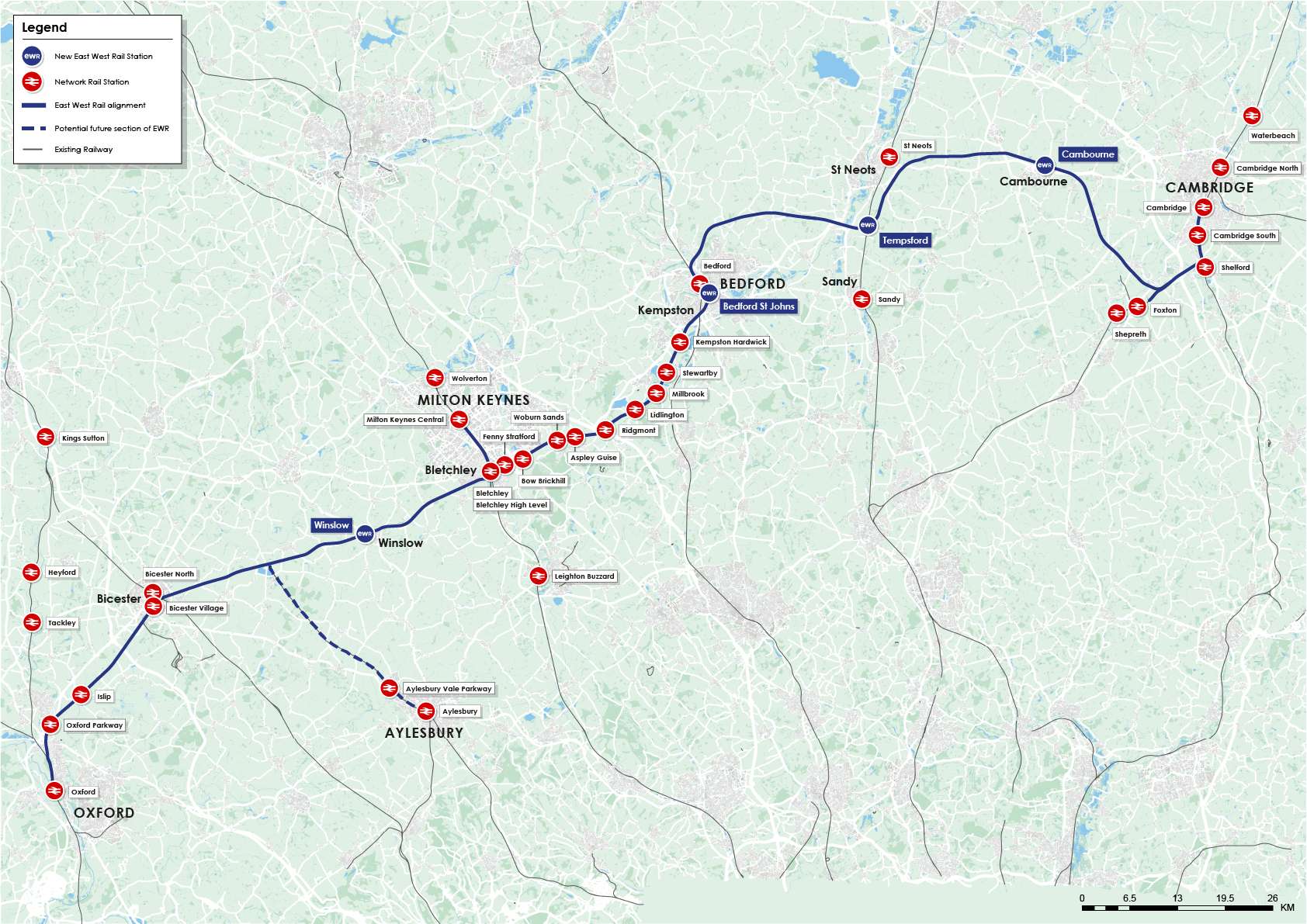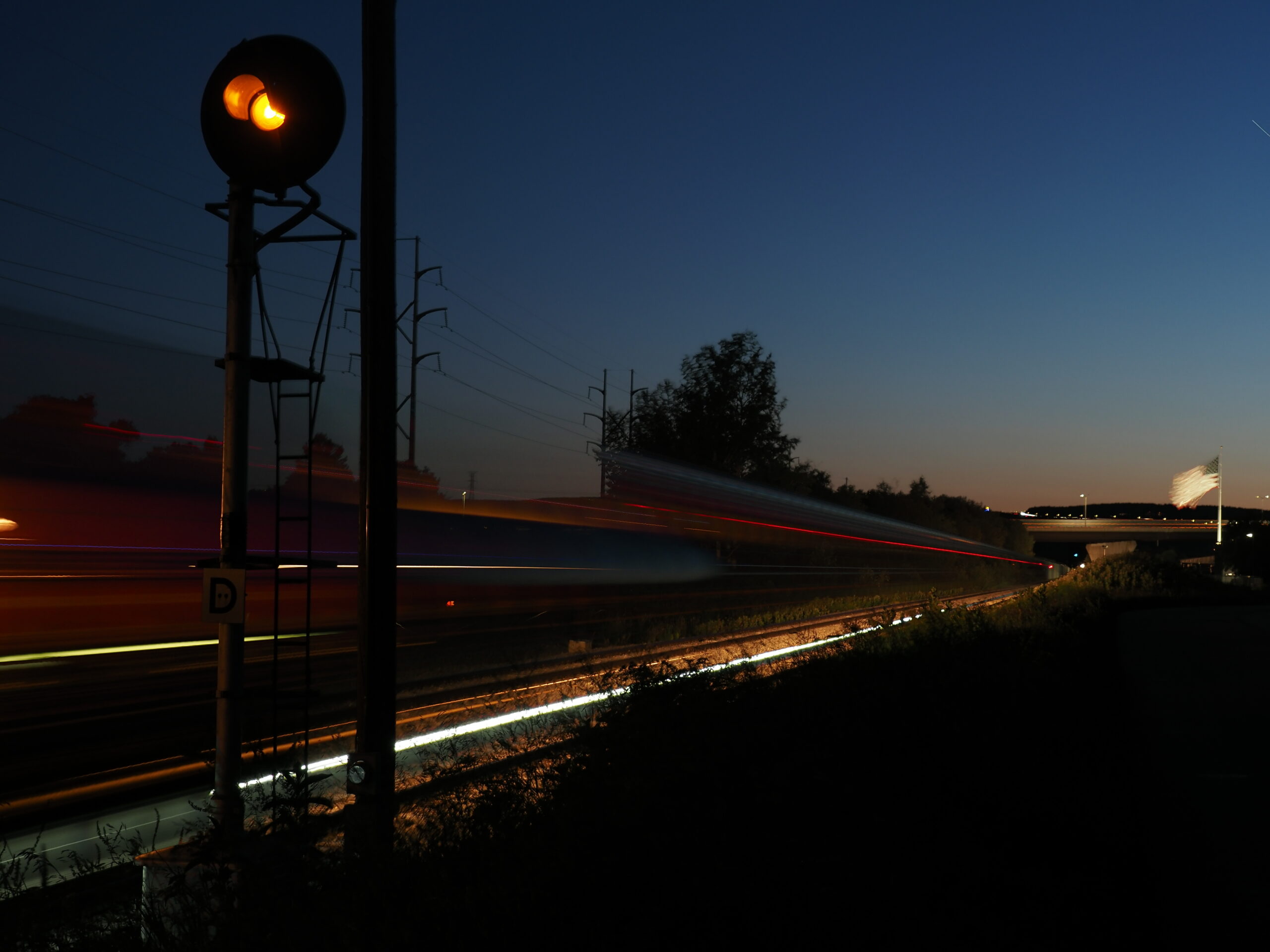The Roosevelt Boulevard Subway is a proposed subway line that was first suggested in 1913 to improve connectivity in Philadelphia, Pennsylvania.
Now, with the recent collapse of a section of the I-95 highway, its necessity is arguably more prominent than ever.
The proposed route would run every 6 minutes along Roosevelt Boulevard serving 13 stations from Erie to Neshaminy. As one in three people in Philadelphia live within a mile of the Boulevard, this line would significantly improve transit options for its residents.
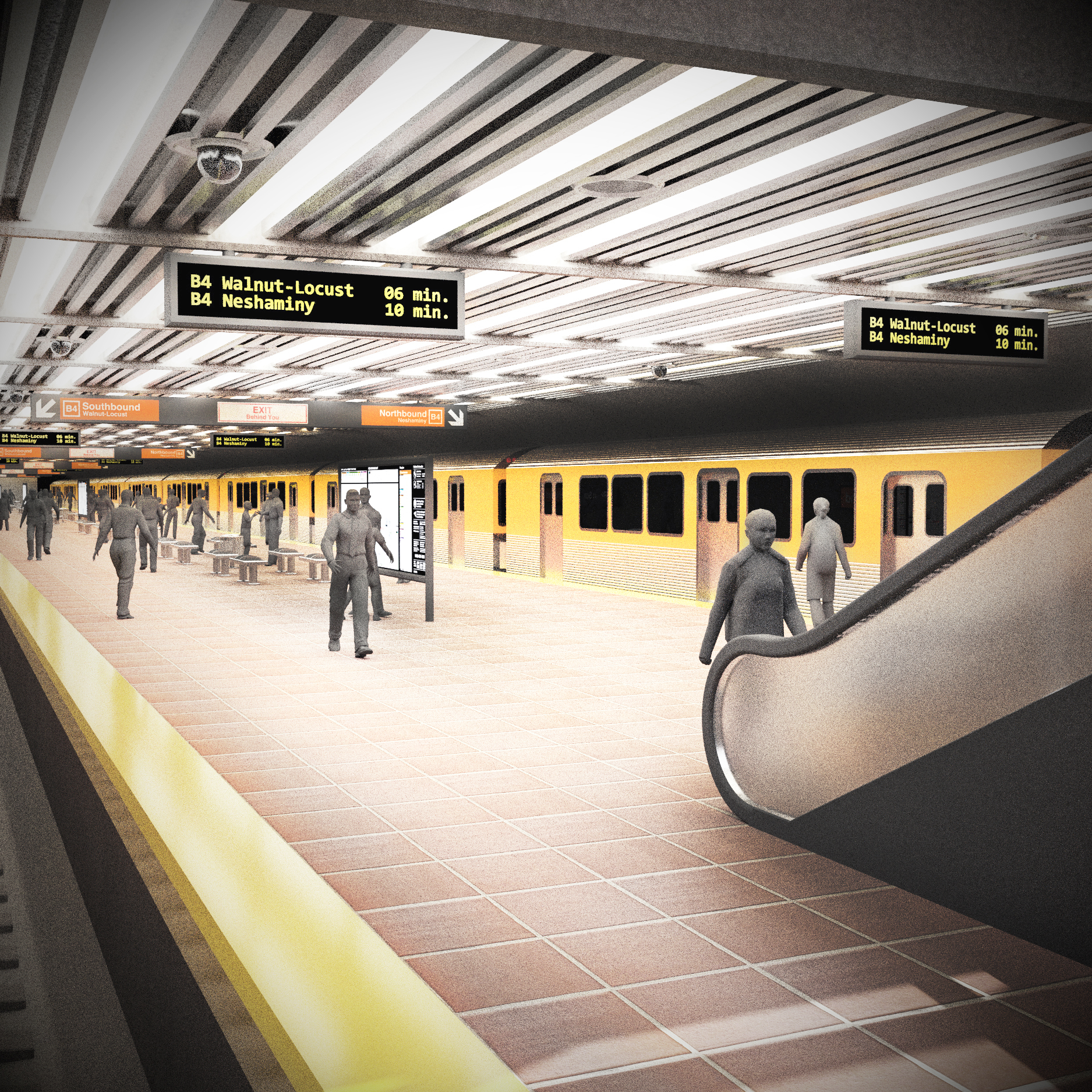
Currently, thousands of daily commuters using this route are faced with significant traffic congestion and delays, with crowded buses forced to sit in mixed car traffic.
Meanwhile, the Boulevard has also become known as “the corridor of death,” due to its shocking rate of pedestrian and motorist fatalities.
In addition, this area is home to diverse neighbourhoods and census tracts with the highest poverty rates, with many residents relying on transit to get around. Community outreach for this project has thus revealed that residents in the North East currently feel cut off from the rest of the city.
To overcome these issues, the Roosevelt Boulevard Subway has been proposed several times to provide an alternate travel option on this route.
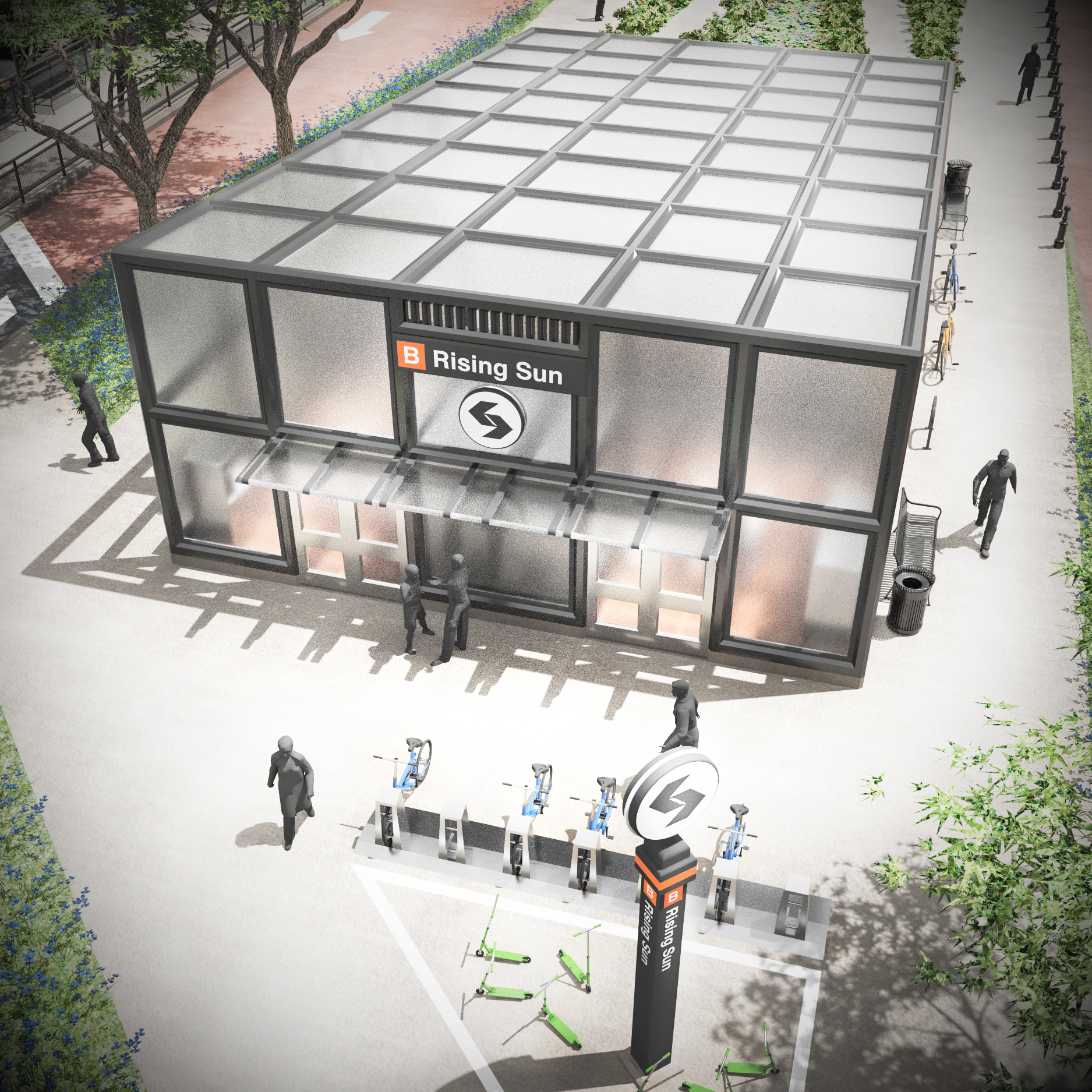
In 1913, the first proposals for the rapid transit route emerged, but these were extinguished due to WW1 and the Great Depression.
Post WWII, additional plans spurred by development in the area were produced, but no construction took place.
In the 1960’s and 1970’s, proposals for a 94 million USD extension covering 9 miles of the expressways were developed, and a station was constructed. However, a lack of state funding ended the project.
Now, in light of the availability of funding from the Bipartisan Infrastructure Law, the project has once again been proposed in early 2023.
This most recent plan aims to construct a cut and cover subway in the median of Rosevelt Boulevard, connecting to SEPTA’s Broad Street line to the city centre.
It is estimated to cost between 2.5 billion USD and 3.4 billion USD and is expected to have a daily ridership of 124,500, taking 83,300 cars off the Boulevard.
Successful community outreach for this project is underway and has gained significant support from elected officials. Meanwhile, PennDOT is conducting a feasibility study on the technical aspects of the plan.
It is now hoped that construction on the line will commence in 2026 in conjunction with the 250th birthday of the United States.
Jay Arzu, PhD student in City and Regional Planning at the University of Pennsylvania and Jacob Golden, Legislative Director For Councilmember Driscoll have submitted the most recent brief for the project.
Jay Arzu said:The Infrastructure Law presents a momentous opportunity for funding, but by the early 2030's, we expect it will have spent 90% of its allocated funds. It is therefore necessary to move with urgency.
The Rosevelt Boulevard Subway is in a unique situation where we have been waiting 110 years, so we should now expedite this project… to turn the ‘boulevard of death’ into ‘the boulevard of life.’
To ensure the Boulevard is transformed into a liveable environment, the proposed designs for the subway also include pedestrian and cycle facilities, transit signal priority, flora and fauna and station artwork.
Notably, yesterday’s (11 June) collapse of a section of the I-95 highway, across which around 160,000 vehicles travel daily, further highlights the need to provide additional transport options in this area. With the highway expected to take months to reconstruct, this disaster presents the adverse effects of relying solely on road traffic on a major corridor.
Indeed, in a similar incident in 2017, the 1-85 in Atlanta caught fire and collapsed, causing widespread concern for “Carmageddon”. However, in this case, thousands of riders instead used MARTA’s metro system, portraying the benefits of varied transport options: a luxury that does currently not exist in northeast Philadelphia.
Ben Waxman, Democrat Representative for District 182 tweeted:The I-95 collapse highlights the urgent need for more resilient infrastructure and expanded public transit options. Let's not just rebuild, but re-envision our systems - it's time to build the Boulevard Subway.
Among the growing momentum for the Roosevelt Boulevard Subway, the team behind the project is continuing to work with policymakers to gain state approval and funding for the construction of this long-awaited line. It is thus hoped that the cycle, in which the project is planned every 20 years without amounting to anything, will finally be broken.

